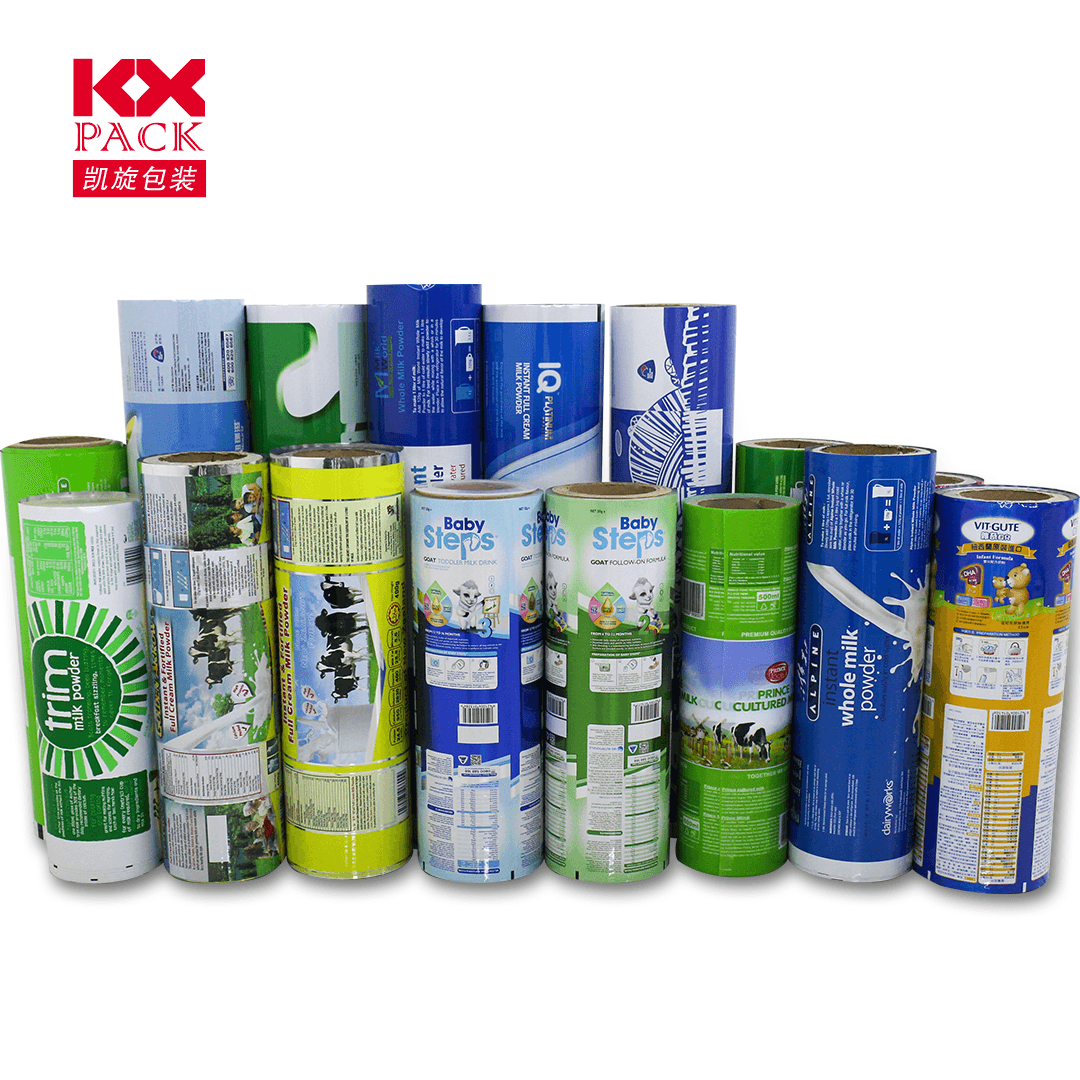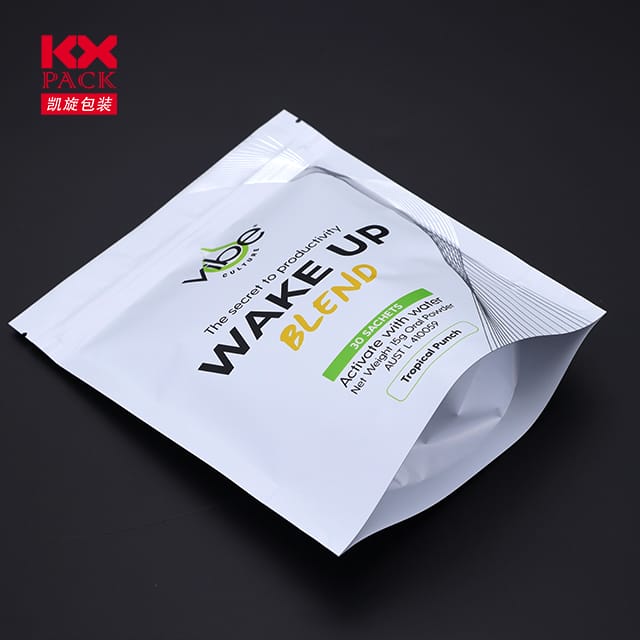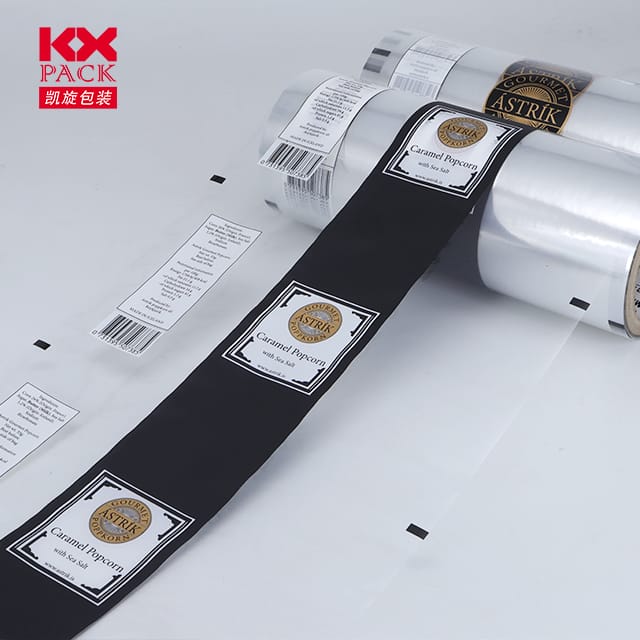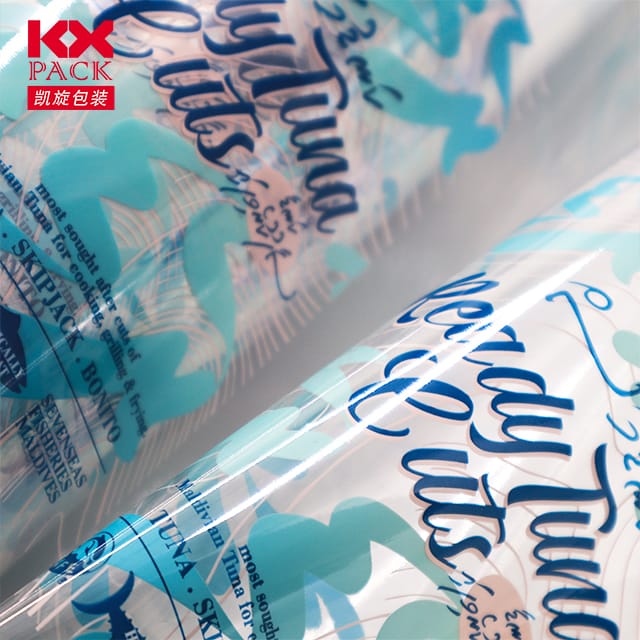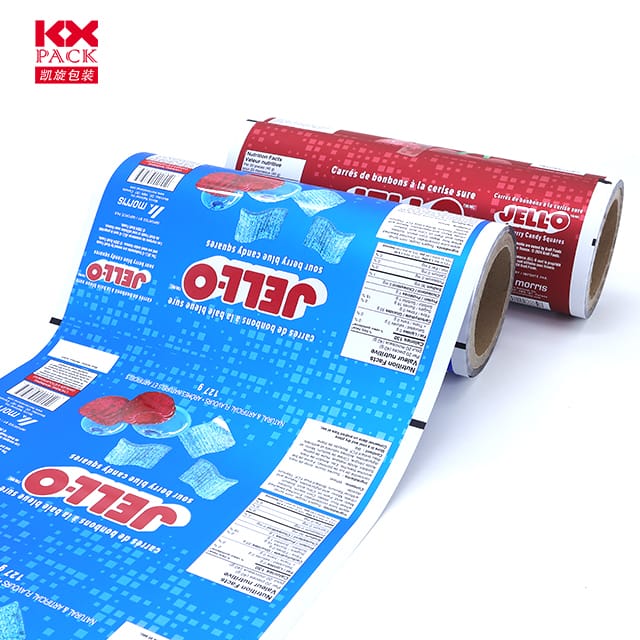牛奶包装膜: 创新, 可持续发展, 以及乳制品保护的未来
牛奶包装膜
In the world of dairy products, 牛奶包装膜似乎是一个谦虚的组成部分, 但是它在确保新鲜感方面起着关键作用, 安全, 和方便消费者. 从经典的牛奶纸箱衬里到现代高烈性电影, 包装技术的进步正在改变牛奶的存储方式, 运输的, 并喜欢. Let’s explore the evolution of milk packaging film, its environmental impact, and the innovations driving its future.
牛奶包装膜的演变
The history of milk packaging is a story of innovation driven by the need to preserve quality and extend shelf life. Early milk containers, such as glass bottles, were heavy and prone to breakage. The introduction of paper cartons in the mid-20th century marked a significant leap forward, offering a lightweight and recyclable alternative. 然而, these cartons relied on internal liners—often made of polyethylene or aluminum-based films—to prevent leakage and protect against oxygen and light, which can degrade milk quality.
Modern milk packaging films have evolved to meet stringent demands for safety, 耐用性, 和可持续性. 高烈性电影, 例如, combine multiple layers of materials like polyethylene, 乙烯乙烯醇 (乙烯醇), and polyester to create a robust shield against moisture, 氧, 和紫外线. These films ensure that milk stays fresh for longer periods, reducing waste and enhancing consumer convenience.
Key Features of Advanced Milk Packaging Films
- 屏障特性: The primary function of milk packaging film is to protect the product from external elements. High-barrier films excel at blocking oxygen, which can cause oxidation and spoilage, 和紫外线, which can degrade vitamins and flavor. Some films even incorporate active components like oxygen scavengers to further extend shelf life.
- Flexibility and Durability: Milk packaging must withstand the rigors of transportation and handling. Films need to be flexible enough to conform to different packaging shapes (例如。, pouches, cartons, bottles) while remaining puncture-resistant and tear-proof.
- Printability and Aesthetics: Beyond functionality, packaging film also serves as a marketing tool. High-quality printing capabilities allow brands to showcase their logos, 营养信息, and engaging designs, enhancing product appeal on store shelves.
- 可持续发展: 随着环境问题的越来越多, sustainability has become a top priority. Many milk packaging films now incorporate recycled materials, 可生物降解的聚合物, or compostable alternatives to reduce their ecological footprint.
Environmental Impact and Sustainable Solutions
The dairy industry’s reliance on plastic packaging has long been a point of contention. Traditional milk packaging films, often made from non-renewable fossil fuels, contribute to plastic pollution and landfill waste. 然而, the industry is making strides toward more sustainable solutions:
- Bio-Based Films: Companies are exploring films derived from renewable resources like corn starch, 甘蔗, or algae. These bio-based polymers offer similar performance to conventional plastics but with a lower carbon footprint.
- 可回收和可堆肥选项: Innovations in film design are enabling easier recycling and composting. 例如, some films are now compatible with existing recycling streams, while others break down naturally in industrial composting facilities.
- 轻巧: Reducing the thickness of packaging film without compromising performance can significantly cut material use and transportation emissions. Many manufacturers are adopting lightweighting strategies to minimize waste.
创新塑造未来
The future of milk packaging film is bright, with several exciting innovations on the horizon:
- 智能包装: Imagine milk cartons that change color to indicate freshness or incorporate QR codes linking to traceability information. 智能包装技术, such as time-temperature indicators and NFC chips, could revolutionize how consumers interact with dairy products.
- 可食用的电影: Researchers are developing edible coatings made from natural ingredients like proteins or polysaccharides. These films could serve as an additional layer of protection while being safe to consume, eliminating packaging waste entirely.
- 纳米技术: Nanoscale additives could enhance film properties, such as gas barrier performance or antimicrobial activity, without adding bulk. This technology holds promise for creating ultra-thin, 高性能包装.
- 循环经济模型: Brands are increasingly adopting circular economy principles, designing packaging for reuse, refill, or easy recycling. Initiatives like deposit-return schemes and closed-loop recycling systems could further reduce the environmental impact of milk packaging.
The Role of Consumers and Regulations
While technology drives innovation, consumer demand and regulatory frameworks also play crucial roles. Shoppers are increasingly voting with their wallets, supporting brands that prioritize sustainability. 政府, meanwhile, are implementing stricter regulations on single-use plastics and incentivizing eco-friendly packaging solutions.
例如, the European Union’s Single-Use Plastics Directive aims to reduce plastic waste by banning certain items and promoting reusable alternatives. Similar initiatives are emerging globally, pushing the dairy industry to accelerate its transition to sustainable packaging.
结论
Milk packaging film is more than just a wrapper—it’s a critical component in the dairy supply chain, 平衡功能, 安全, 和可持续性. From high-barrier films that extend shelf life to bio-based alternatives that reduce environmental impact, the evolution of milk packaging reflects broader trends in innovation and responsibility.
作为消费者, we can support these efforts by choosing brands committed to sustainable packaging and advocating for systemic change. As an industry, the dairy sector must continue investing in research and development to create packaging solutions that protect both our milk and our planet. The future of milk packaging film is not just about sealing in freshness—it’s about sealing in a commitment to a greener, more sustainable world.

